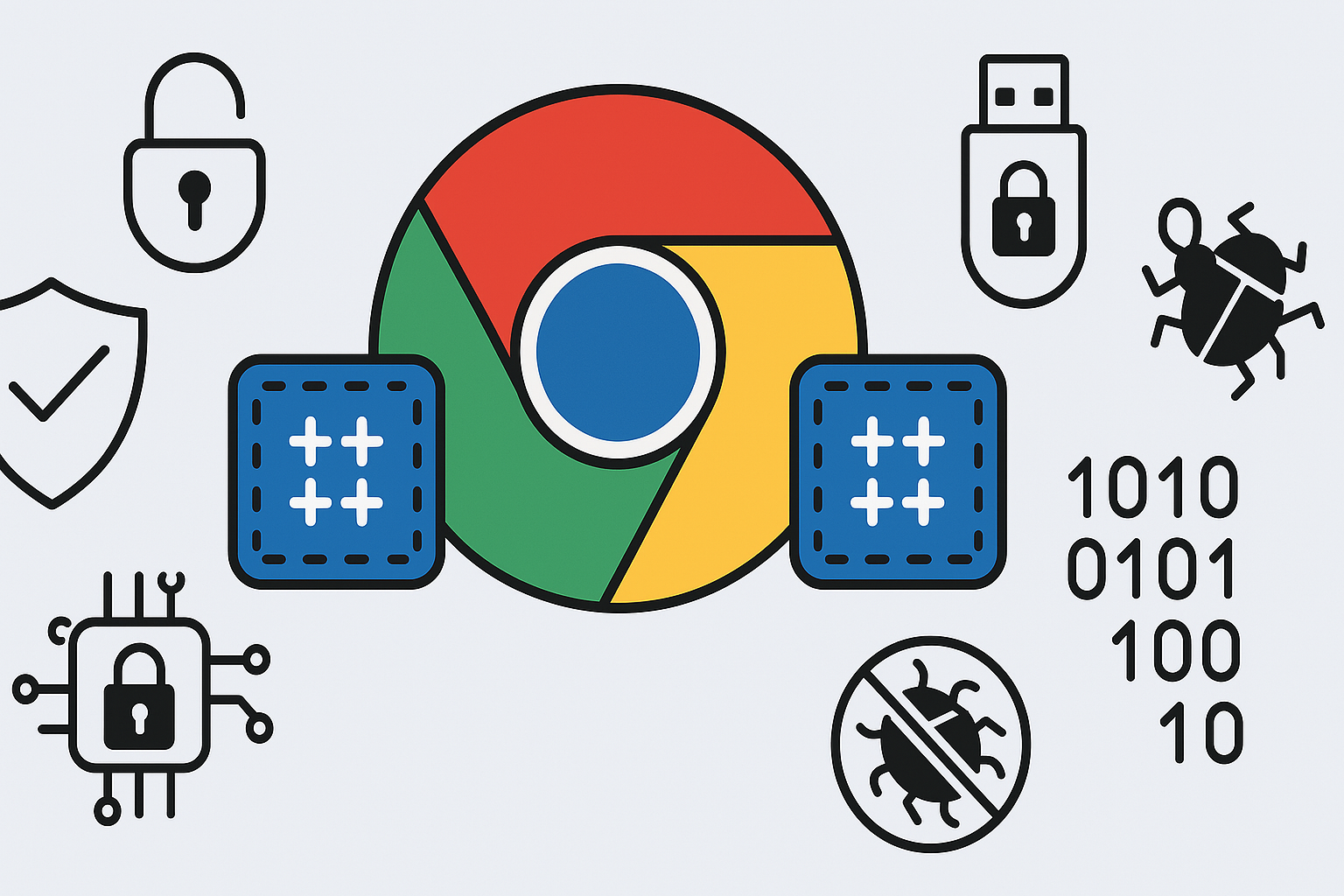
In a critical move to protect users against a rapidly emerging cyber threat, Google has released an emergency security patch to fix a zero-day vulnerability affecting the Chrome browser. Tracked as CVE-2025-5419, this high-severity flaw carries a CVSS score of 8.8, signaling its potential to cause significant impact.
What Is CVE-2025-5419?
CVE-2025-5419 is an out-of-bounds read and write vulnerability located in Chrome’s V8 engine, which powers JavaScript and WebAssembly execution in the browser. Such vulnerabilities can allow attackers to manipulate memory in unsafe ways, potentially enabling remote code execution, denial-of-service, or browser sandbox escapes.
This issue specifically affects how Chrome’s V8 engine handles certain operations, leading to unsafe memory access. If exploited, this flaw could allow an attacker to execute malicious code on the victim’s machine simply by luring them to a specially crafted web page.
Who Discovered It?
The vulnerability was reported by Clement Lecigne and Benoît Sevens, security researchers from Google’s Threat Analysis Group (TAG). This elite team is dedicated to identifying and thwarting threats posed by advanced persistent threat (APT) actors and nation-state adversaries.
Their discovery underscores the importance of investing in proactive security research, especially against sophisticated exploitation techniques that may be used in real-world campaigns.
Why This Matters
What makes this vulnerability especially alarming is the fact that it’s already being actively exploited in the wild. While Google has not yet disclosed the full scope of exploitation due to security concerns, the urgency of the patch release suggests a tangible threat to users across various platforms.
Out-of-bounds vulnerabilities are particularly dangerous because they allow attackers to bypass traditional security mechanisms and tamper with low-level memory operations, often a stepping stone toward full system compromise.
Recommended Actions
Update Chrome immediately to the latest patched version. On most systems, this can be done by navigating to
Settings > About Chrome, which automatically checks for and installs updates.Enable automatic updates to stay protected against future zero-days.
Organizations should deploy updates across managed endpoints as part of routine patch management.
Security teams should monitor for any signs of exploitation in their environments and update detection signatures where applicable.
Final Thoughts
This incident is a strong reminder that zero-day vulnerabilities are not theoretical risks — they are actively leveraged by threat actors to gain an advantage over unpatched systems. The CVE-2025-5419 disclosure also highlights the effectiveness of threat intelligence teams like Google TAG in identifying and responding to these evolving threats.
In the fast-paced world of cybersecurity, speed matters. Timely patching, layered defenses, and real-time threat analysis are critical pillars of a modern security posture.
Stay safe. Stay updated. And never underestimate the power of a well-timed browser patch.
Stay secure, stay patched.
QState Cyber Security Team




